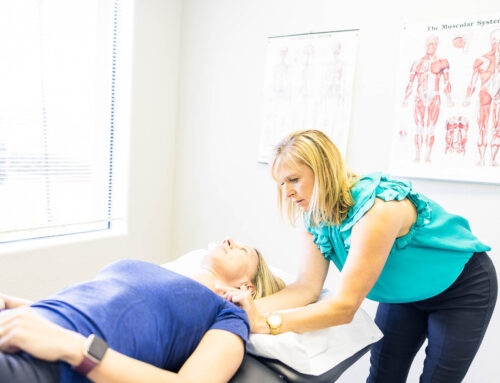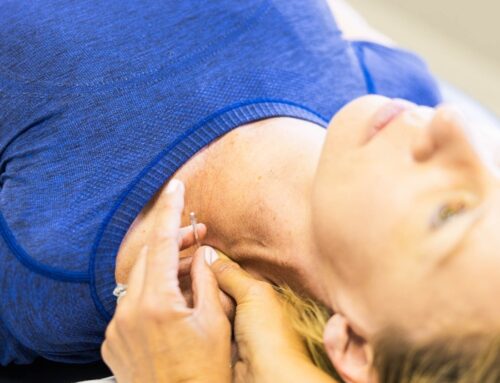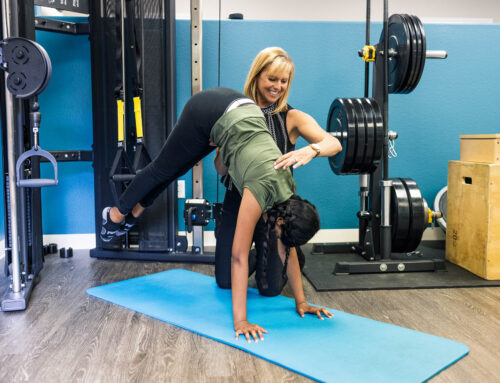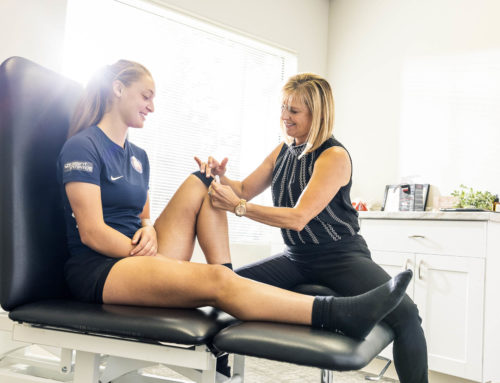A Three-Part Series on Jumping
“I came to get down, so get out your seat and jump around!”
So while you now have that ‘92 jam by House of Pain stuck in your head, you can enjoy this article about how to jump properly so you don’t end up in a house of pain yourself! (You see what we did there?) Alright, enough. On to the real information.
Jumper’s Knee and Improper Jumping Form
Sports like basketball, volleyball, hurdles, and many more require a lot of jumping from the athlete. Jumping incorrectly can cause all kinds of knee problems and injuries. One of the most common is “jumper’s knee”. Jumper’s knee is inflammation of the patellar tendon, the tendon that connects your kneecap (patella) to your shin bone (tibia). Jumper’s knee is a sports-related injury caused by overuse of your knee joint. Common signs of jumper’s knee include pain and tenderness around your patellar tendon, and swelling.
We see two common errors in form when jumping. The first is the athlete will collapse their knees inward making a V shape. The second is very common with teenage girls where they land with stiff legs and cause a jarring shockwave through the knees and spine.
Episode : Jumping Series – Proper Jumping Form
In the first episode of this series, Dr. Danielle Litoff, DPT will demonstrate the mechanics of how to and not to jump, and how to train the proper form and strength to do a perfect jump and avoid injury.
Episode 2: Jumping Series – Mobility and Stability
Oftentimes athletes will play a sport that involves jumping when they do not have the mobility and stability to do a jump with good form. In this second episode of the Jumping Series, Dr. Danielle Litoff, DPT demonstrates how to gauge your mobility and stability so you will know what areas of strength and balance you need to train to do a proper jump without causing injury.
Episode 3: Jumping Series – How to Practice a Perfect Jump
Once you have good mobility and stability doing single and double leg squats, then you can move on to practicing the perfect jump. Using a band while practicing will help you keep your knees in the proper position so you build that strength and muscle memory.
If you or your student athlete plays a sport with a lot of jumping, schedule a sports physical evaluation with Battle Born Health. The therapists at Battle Born Health can identify movement dysfunctions that may expose athletes to future injury and address them before they become a problem.





